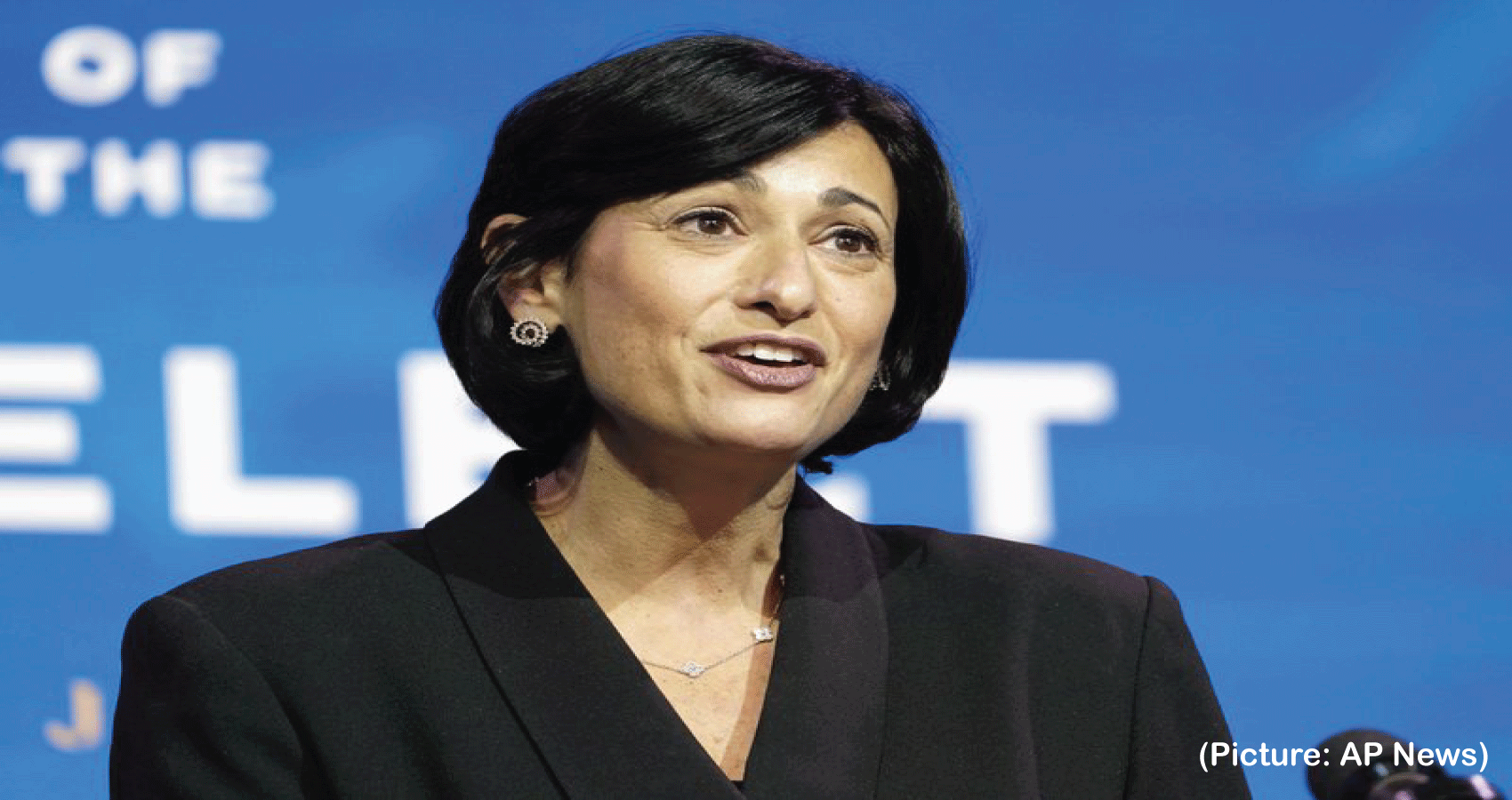As doctors know all too painfully well, the current physician shortage is already limiting access to care for millions of people across the country. And it’s about to get much worse if changes aren’t made now, AMA President Jesse M. Ehrenfeld, MD, MPH, told news media gathered for his recent address to the National Press Club in Washington.
“The physician shortage that we have long feared—and warned was on the horizon—is here. It’s an urgent crisis hitting every corner of this country—urban, rural—with the most direct impact hitting families with high needs and limited means,” said Dr. Ehrenfeld, an anesthesiologist.
“Imagine walking into an emergency room in your moment of crisis, in desperate need of a physician’s care, and finding no one there to take care of you. That’s what we are up against.”
Physicians, Dr. Ehrenfeld said, know exactly how America finds itself in this crisis mode. Among the factors contributing to burnout that is leading physicians to retire early, cut back hours or leave medicine all together, are:
Administrative hassles that burden physicians daily and make them feel powerless to make meaningful changes.
 Consolidation that gives more power to the country’s largest hospital, health systems and insurers that leaves patients and physicians with less autonomy and fewer choices.
Consolidation that gives more power to the country’s largest hospital, health systems and insurers that leaves patients and physicians with less autonomy and fewer choices.
Falling Medicare payment rates—when adjusted for inflation, a 26% drop since 2001.
“Sadly, every day we wait, the size of this public health crisis grows,” said Dr. Ehrenfeld, who is a senior associate dean, tenured professor of anesthesiology and director of the Advancing a Healthier Wisconsin Endowment at the Medical College of Wisconsin.
Here’s what needs to change
Legislative solutions to many of the problems that Dr. Ehrenfeld outlined are already pending before Congress—and they even have strong bipartisan support.
“There isn’t much that our two major political parties see eye to eye on right now, but on these issues they do,” Dr. Ehrenfeld said in his remarks. “We just need the will—and the urgency—to get it done. We need leaders in Congress to step forward and make this happen.”
In his National Press Club address and a companion AMA Leadership Viewpints column, Dr. Ehrenfeld outlined some key steps that the nation must take to begin addressing the complex physician shortage problem, many of which are drawn from the AMA Recovery Plan for America’s Physicians.
Give doctors the financial support they need to care for patients. Congress needs to pass the Strengthening Medicare for Patients and Providers Act, which would give physicians an annual payment update to account for practice cost inflations as reflected in the Medicare Economic Index. It’s a benefit others already get.
Reduce administrative burdens, including the overused and inefficient prior authorization process. The Improving Seniors’ Timely Access to Care Act would expand prior authorization reforms that the Centers for Medicare & Medicaid Services finalized, and the Biden administration can improve the landscape if it finalizes proposed regulations. State legislatures also have the power to reform.
Expand residency training options, provide greater student loan support and create smoother pathways for foreign-trained physicians. The Conrad State 30 and the Physician Access Reauthorization Act, the Retirement Parity for Student Loans Act, the Healthcare Workforce Resilience Act, and the Physician Shortage GME Cap Flex Act would all help ease the physician shortage. Ensure that physicians aren’t punished for taking care of their own mental health needs. State medical boards, hospitals and health systems need to remove questions about past diagnoses and counseling and focus on whether a current health condition exists that, left untreated, would affect patient safety.
“Our nation’s physician shortage is not a problem to set aside and deal with tomorrow. It is an urgent problem we need to address today,” Dr. Ehrenfeld concluded. “We must take action to create a stronger and more resilient physician workforce to care for an ever-changing nation.”



